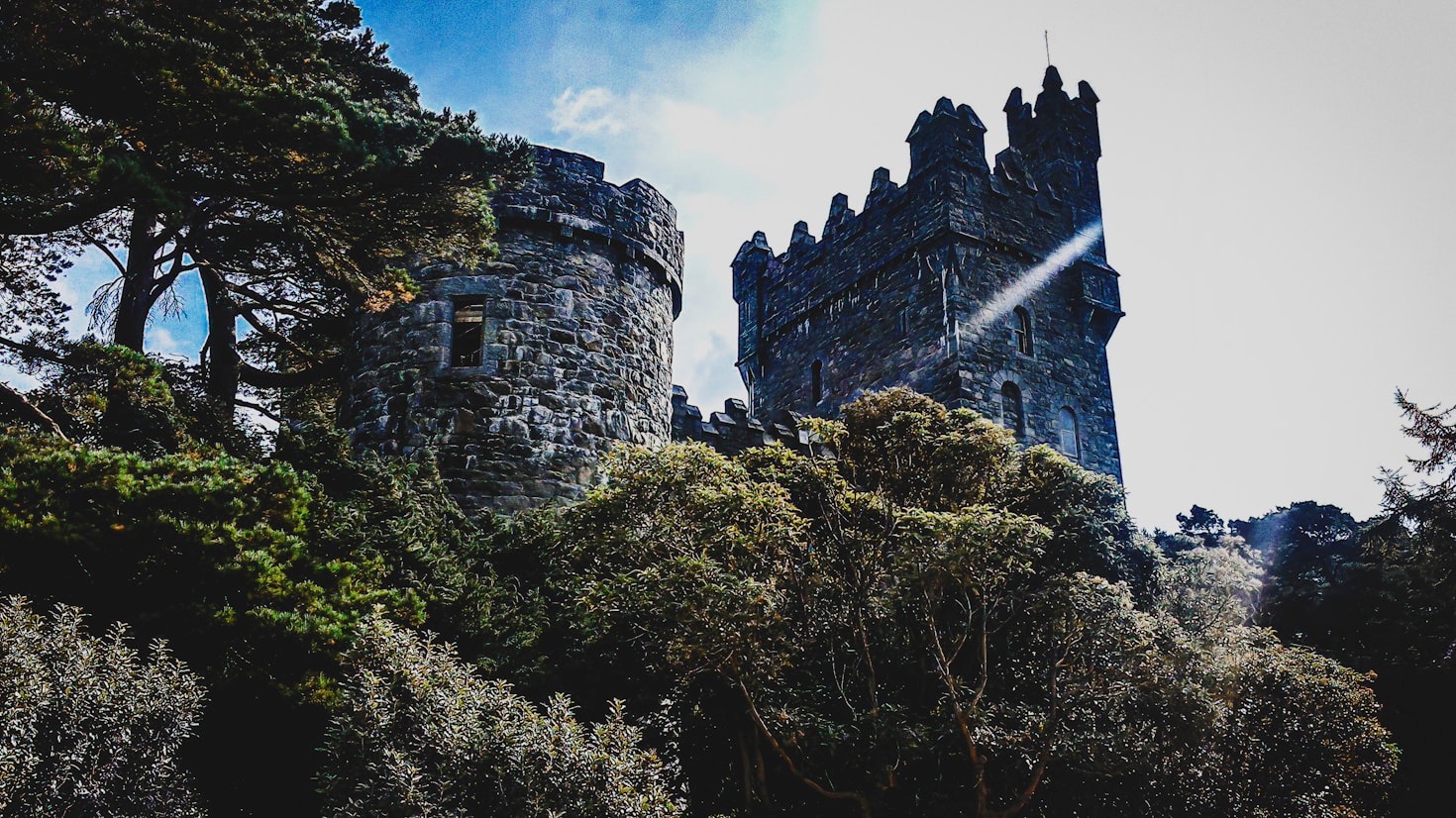Welcome to our blog, where we dive into an exciting topic that impacts many lives. In this post, we’ll explore the key ideas and insights that make this subject both fascinating and important. Understanding this topic not only broadens your knowledge but also offers practical benefits you can apply in everyday life. Join us as we embark on this informative journey, designed to engage and inspire you with clear, accessible information that resonates from start to finish.
“In the twilight of ancient battlements, where myth and history entwine, the castles of Ireland whisper secrets of courage and mystery. Each weathered stone tells a timeless story, inviting us to explore the magic that lingers between fact and folklore.”
The history of castles in Ireland dates back to the medieval period, beginning around the 12th century following the Norman invasion of Ireland. The Normans introduced stone castle-building techniques, constructing impressive fortifications to establish control over the land and defend against rival clans and invaders. Early castles were primarily motte-and-bailey designs, featuring wooden structures atop earthen mounds, but these evolved into more durable stone keeps and tower houses over time. Throughout the centuries, castles served as military strongholds, noble residences, and administrative centers, reflecting the shifting political and social landscape of Ireland. Many castles were expanded or modified during the Tudor and Stuart periods, incorporating Renaissance architectural elements. Although many fell into ruin after the decline of feudalism and changes in military technology, Ireland’s castles remain iconic symbols of its rich history, attracting historians and tourists alike. Today, these structures offer valuable insights into Ireland’s medieval past and cultural heritage.


Castles were primarily inhabited by nobility, including kings, queens, lords, and knights. They also housed their families, servants, soldiers, and sometimes artisans or merchants who supported the castle’s daily functions and defense.
Wrapping Up with Key Insights
Ireland’s castles are steeped in history, legend, and mystery, attracting visitors with tales that blur the lines between fact and folklore. These majestic structures, scattered across the Irish countryside, are not just remnants of medieval architecture but also repositories of captivating myths and unexplained phenomena.
One of the most famous myths surrounding Irish castles involves the legend of the Blarney Stone at Blarney Castle in County Cork. According to tradition, kissing the stone endows the kisser with the gift of eloquence and persuasive speech, often called the “gift of the gab.” The origins of this legend are unclear, but it has made Blarney Castle a popular destination for tourists seeking charm and wit.
Another notable mystery is associated with Leap Castle in County Offaly, reputed to be one of the most haunted castles in Ireland. The castle has a dark history marked by violent feuds and tragic deaths. Visitors and paranormal investigators have reported numerous ghost sightings, eerie sounds, and mysterious occurrences, including the presence of a malevolent spirit known as the “Elemental.” This entity is said to be a sinister force that haunts the castle’s dungeons and chambers, adding an unsettling layer to its historical narrative.
Dunguaire Castle, located in County Galway, is famed not only for its picturesque setting but also for its connection to Irish literary history. It was a gathering place for famous writers and poets, and local legends speak of hidden chambers and secret passages used by these literary figures. While much of this remains speculative, the castle’s romantic ambiance fuels stories of inspiration and mystical creativity.
Many Irish castles are also linked to ancient Celtic myths and legends. For example, the ruins of Dunluce Castle in Northern Ireland are said to be connected to fairy lore. According to local belief, the castle was once the home of the Aos Sí, or fairy folk, who are thought to inhabit the nearby cliffs and sea caves. The castle’s dramatic location and its partial collapse into the sea in the 17th century have only heightened the sense of mystery and enchantment.
The myths and mysteries of Ireland’s castles continue to fascinate historians, tourists, and paranormal enthusiasts alike. Whether it’s the promise of magical powers, ghostly hauntings, or connections to ancient myths, these castles offer more than just historical insights—they provide a doorway into Ireland’s rich tapestry of folklore and legend. Exploring these castles allows visitors to experience firsthand the enduring allure of Ireland’s past, where history and myth intertwine in captivating ways.


Leave a Reply